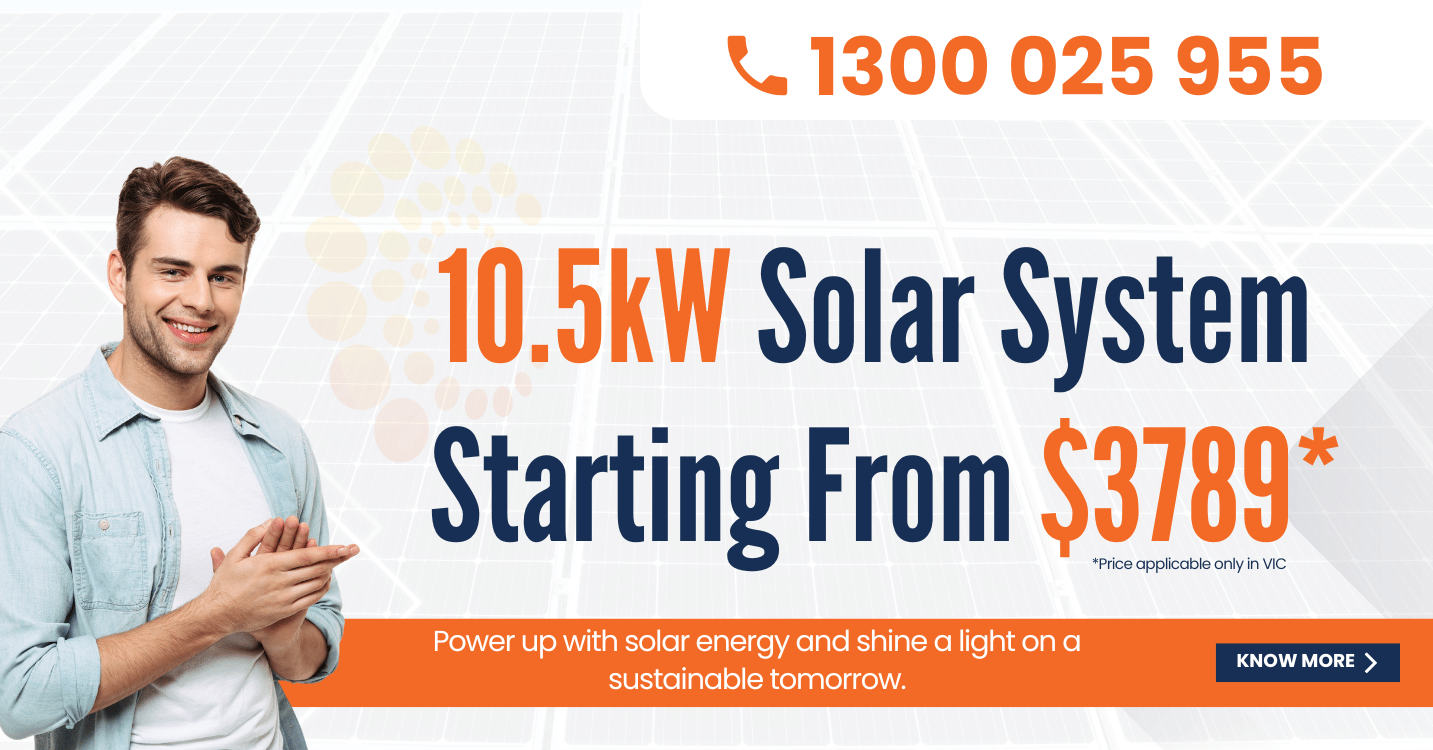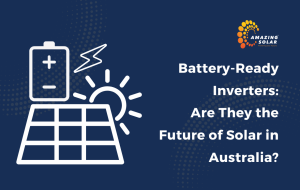Solar panels have become an increasingly popular source of renewable energy in Australia. However, not all solar panels are created equal, and their efficiency plays a crucial role in determining the amount of energy they can produce. In this blog, we’ll discuss solar panel efficiency in Australia and what you need to know.
What is Solar Panel Efficiency?
Solar panel efficiency is a measure of how much sunlight a solar panel can convert into electricity. Efficiency is expressed as a percentage, with the most efficient solar panels having an efficiency of around 22%. The efficiency of a solar panel is determined by several factors, including the quality of materials used, the manufacturing process, and the size and design of the solar panel.
Factors Affecting Solar Panel Efficiency in Australia
There are several factors that can affect the efficiency of solar panels in Australia. Some of the most significant factors include:
Temperature: Solar panels work best in cool temperatures, and high temperatures can reduce their efficiency. Australia’s hot climate can have an impact on the efficiency of solar panels, particularly during summer months.
Sunlight intensity: The intensity of sunlight can also affect the efficiency of solar panels. In Australia, sunlight intensity can vary depending on the location and time of year.
Shading: Shading can significantly impact the efficiency of solar panels. Even a small amount of shading can reduce the output of a solar panel significantly.
Panel orientation: The orientation of solar panels can also impact their efficiency. Solar panels should ideally be facing north to receive the most sunlight throughout the day.
Panel tilt: The tilt angle of solar panels can also impact their efficiency. In Australia, solar panels should ideally be tilted at an angle between 20-30 degrees to receive the most sunlight throughout the year.
The Most Efficient Solar Panels in Australia
There are several different types of solar panels available in Australia, each with its own level of efficiency. The most efficient solar panels in Australia are monocrystalline solar panels, which can have an efficiency of up to 22%. These solar panels are made from a single, pure silicon crystal and have a uniform appearance. They are highly durable and have a high power output, making them a popular choice for residential and commercial applications.
Conclusion
Solar panel efficiency plays a crucial role in determining the amount of energy a solar panel can produce. Several factors can affect the efficiency of solar panels in Australia, including temperature, sunlight intensity, shading, panel orientation, and panel tilt. Monocrystalline solar panels are the most efficient type of solar panel in Australia, with an efficiency of up to 22%. When choosing a solar panel, consider the efficiency, quality of materials, and size and design of the solar panel to ensure that you get the best performance and value for your investment. By investing in high-efficiency solar panels, you can take control of your energy usage and contribute to a more sustainable future.
















